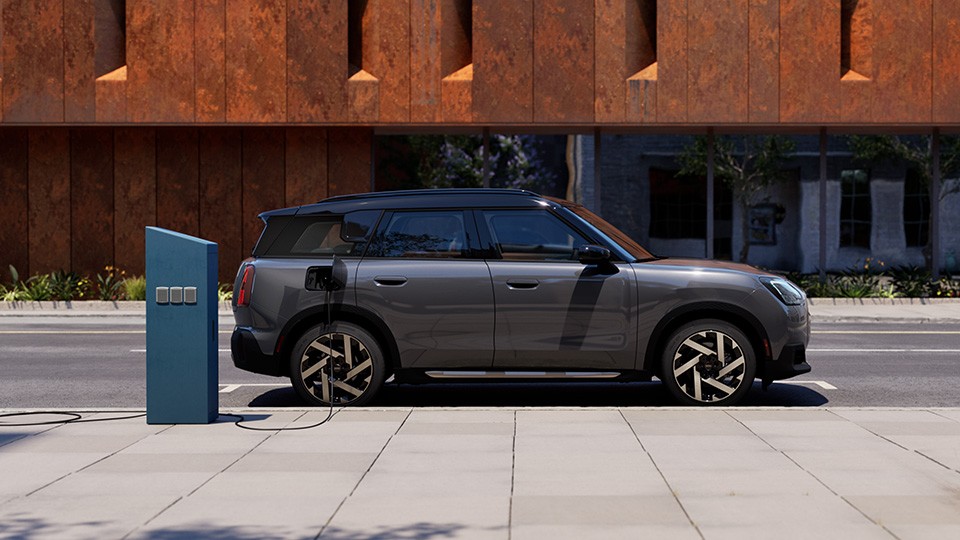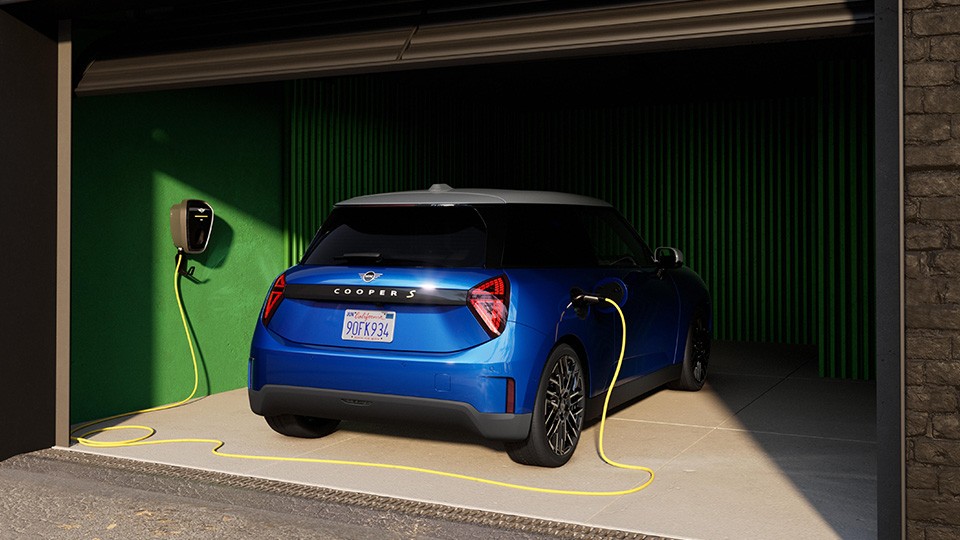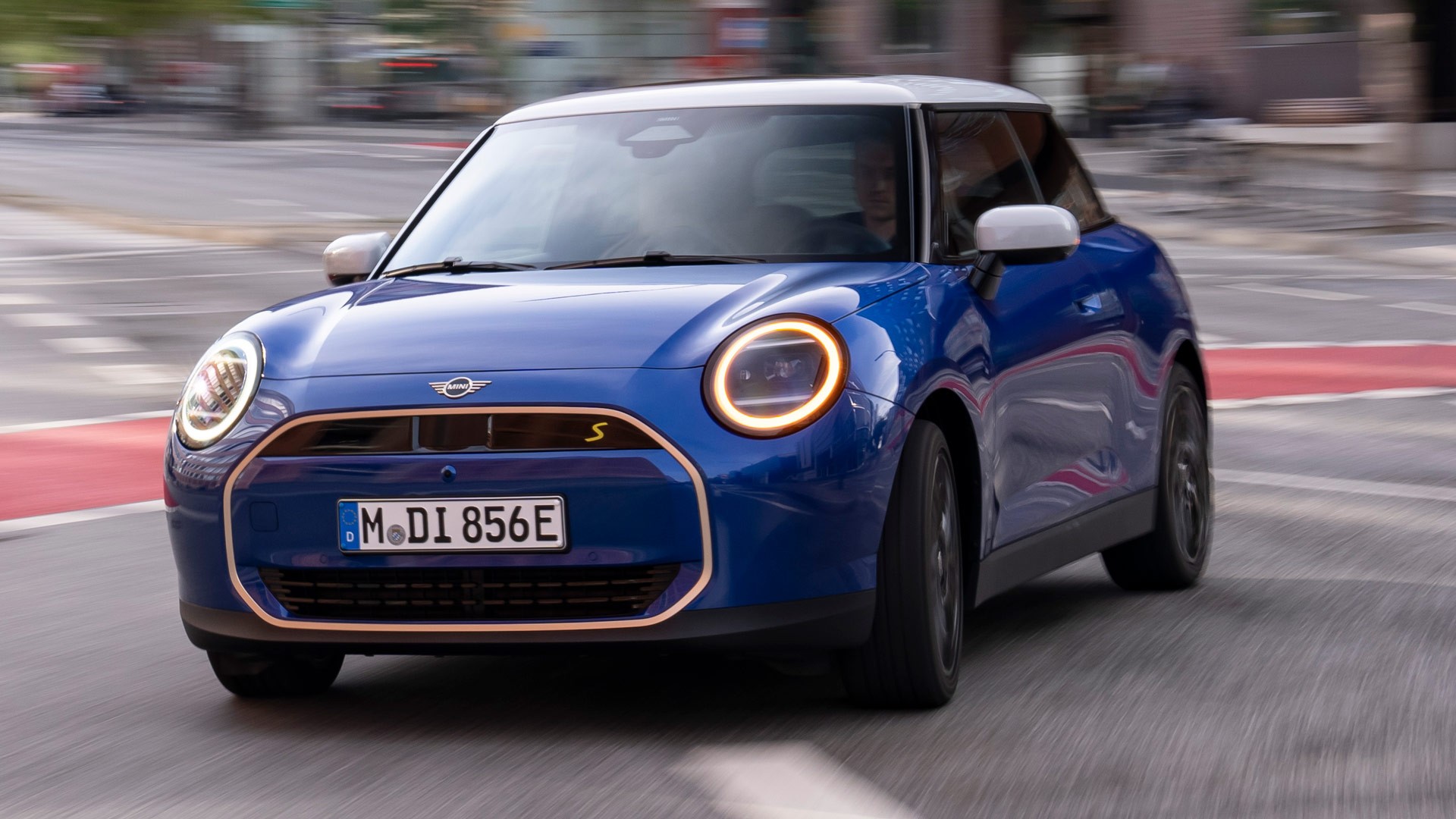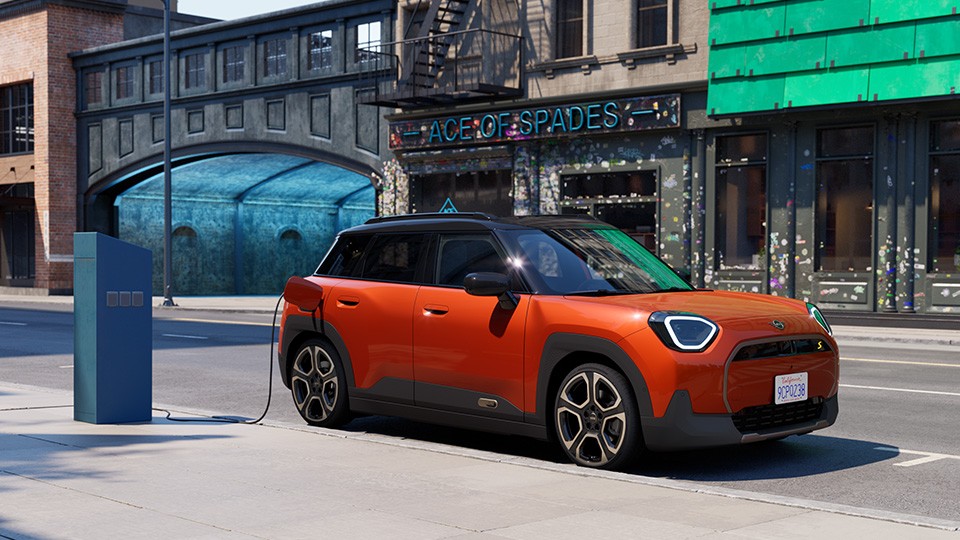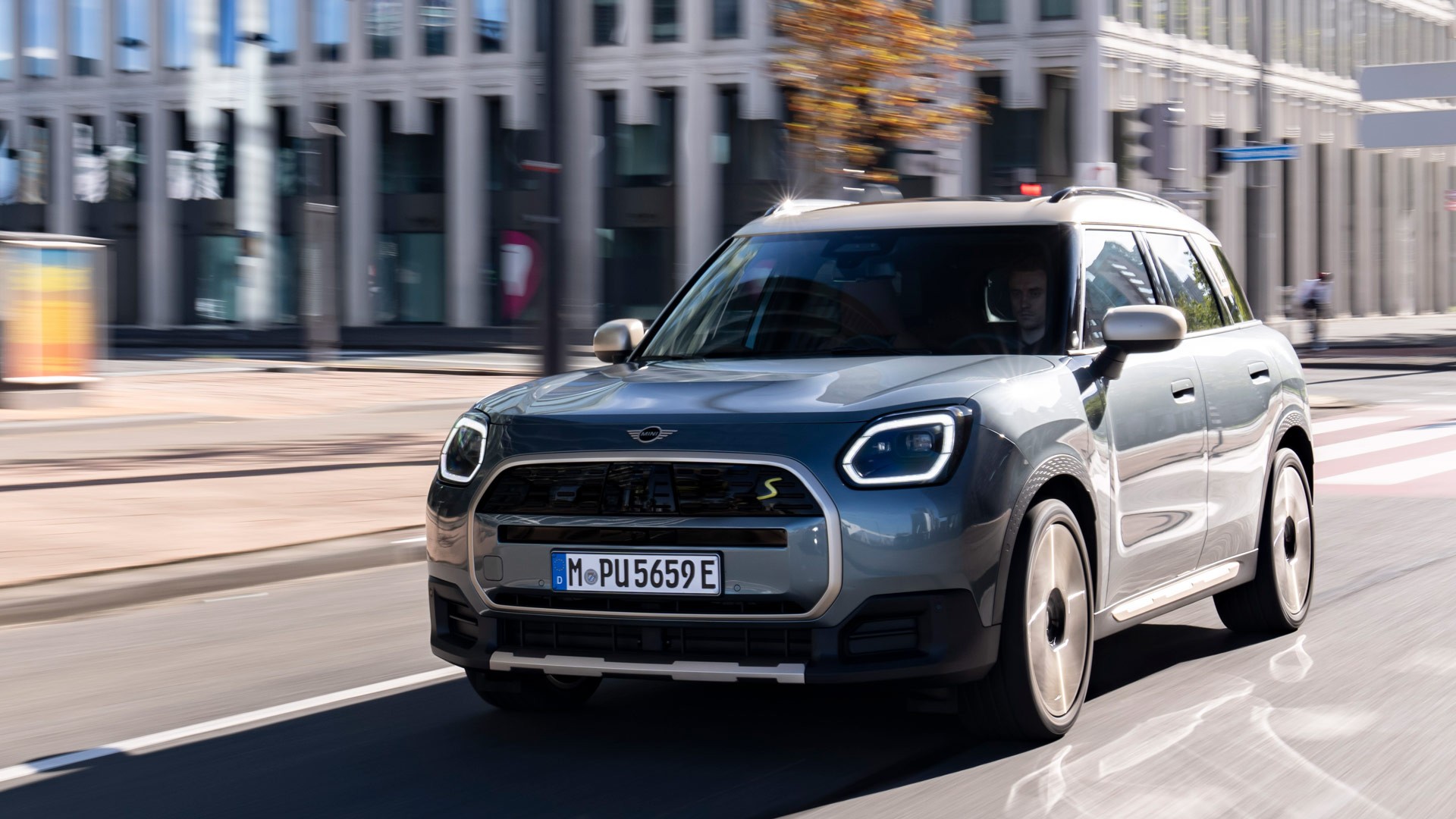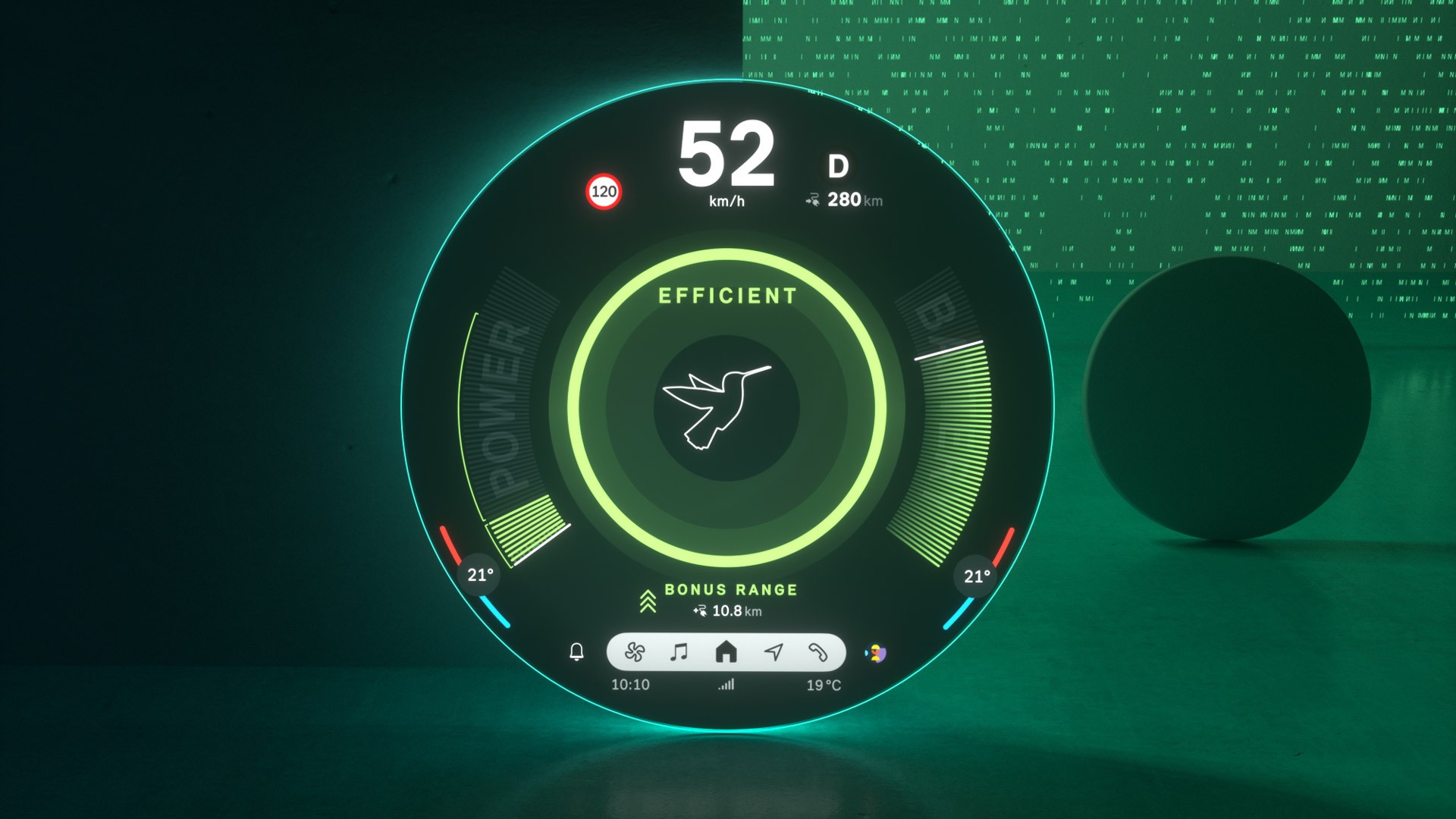Our tool for managing your permission to our use of cookies is temporarily offline. Therefore some functionality is missing.
ALL ELECTRIC. ALL HERE.
Say hello to the next generation of MINI, where legendary go-kart feeling meets instant electric torque. It’s everything you love about MINI. Our all-electric lineup is designed to make every drive unforgettable, whether you’re zipping through city streets or heading off on your next big adventure. Discover just how easy electric can be: seamless charging solutions, a driving experience that’s as efficient as it is exhilarating, and embracing a lifestyle that’s 100% MINI.


The Benefits of Electric Cars.


DRIVING FORWARD.


CHARGING MADE EASY.


LOW RUNNING COSTS.


GO-KART FEELING REIMAGINED.


THE NEW ALL-ELECTRIC MINI FAMILY.


CHECK OUT MORE OF OUR RANGE TIPS AND TRICKS.
THE MINI ROUTE PLANNER: EFFORTLESS TRAVEL.




THE MINI APP: YOUR SMART ELECTRIC COMPANION.
FAQs.
Cold weather can indeed temporarily reduce EV battery range by about 10-12%. But nowadays, most EVs have a reach of 250-300 km anyway. Easily enough for a daily commute. And thanks to their design, they are far more efficient than people think in winter. They perform arguably better in snow than conventional cars due to the low position of the battery and the resulting lower centre of gravity. Your best defence in cold spells is not letting your all-electric MINI vehicle get below a 20% charge. This acts as a reserve in case the battery is too cold and needs to draw from that stored energy to begin the charging process. Furthermore, to charge efficiently, your car’s battery likes to be within a certain temperature range – 15 to 25°C. If it’s really cold outside, the battery needs to warm up first before it can charge at faster speeds. So, if possible, keep your car in a garage so it is not affected as much by the temperature outside.
National grid capacity isn’t the big problem most people think. So far, the market entry of EVs in the EU has been very predictable and the electric grid is constantly being developed in in parallel. So there is no need for new electricity-generation capacity in the near future. Utility companies have had the time to plan ahead. However, the situation is country-specific. For example, in northern Europe, the evolution is more effortless because of the strong power grids and electric heating already in place. In other areas of Europe, the evolution is a bit more difficult due to the one-phase energy systems and older structures. But this is being adddressed at speed. In fact there is an ‘unexpected’ twist to this answer as electric vehicles can provide a vital source of flexibility in the energy system. Rather than being a threat to grid stability or capacity, EVs act as big batteries on wheels. They make it possible for energy to be stored and used at a later time. In the next few years, we will have a pool of EV chargers utilised as aggregated reserves.
Electric drive trains have far fewer moving parts than internal combustion engines (ICE), meaning electric cars can be cheaper to maintain, especially as servicing tends to cost less on average when compared to an ICE car. In addition to saving on servicing costs, the lower cost of using electricity to power your car when charging at home can add up over time, increasing your savings even more. However, while there are aspects of electric car ownership that are clearly cheaper than costs associated with an ICE car, you can expect traditional car parts such as tyres and brake pads to cost roughly the same.
